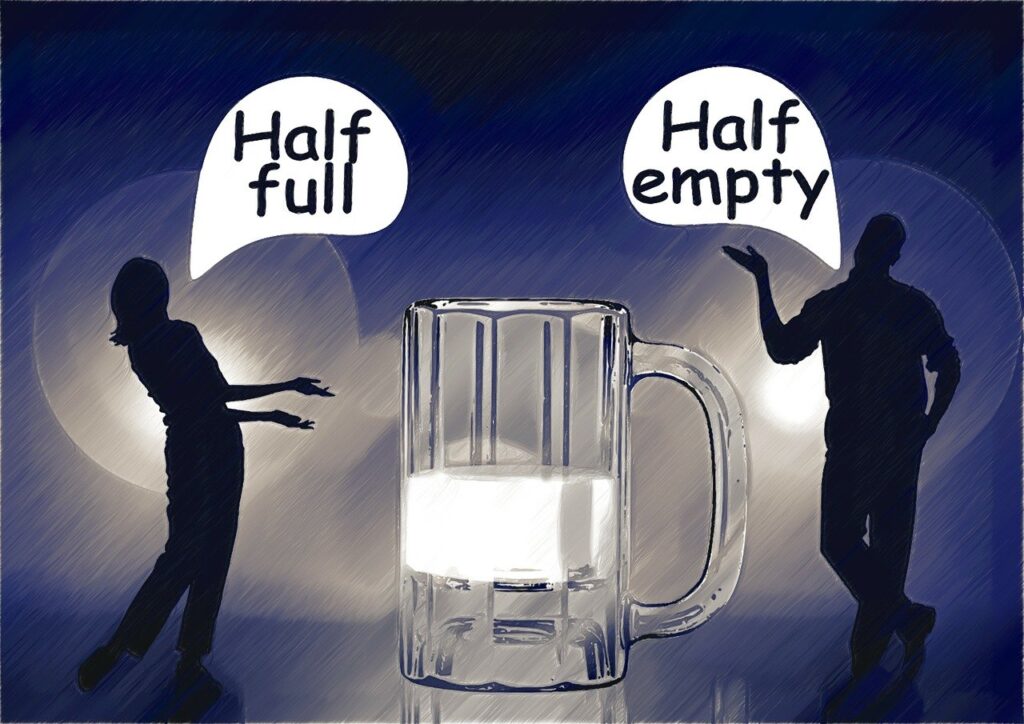As a facilitator, I’ve seen my fair share of team conflict. There have been times when it’s been ugly and unproductive, but there have also been times when it’s been the catalyst for positive change.
That’s why, conflict can be a good thing for teams. When handled correctly, it can lead to better decision-making, increased creativity, and stronger relationships.
Here are some of the benefits of conflict in a team:
- Better decision-making: When team members have different perspectives, they can bring more information and ideas to the table. This can lead to better decisions that are more likely to be successful.
- Increased creativity: Conflict can spark new ideas and solutions. When people are challenged, they’re more likely to think outside the box.
- Stronger relationships: Conflict can help team members better understand each other’s perspectives. This can lead to stronger relationships and more trust.
Of course, conflict can also be destructive if it’s not handled correctly. Here are some of the potential downsides of conflict in a team:
- Decreased productivity: When team members are constantly arguing, it can be difficult to get anything done.
- Damaged relationships: If conflict is not resolved constructively, it can damage relationships and make it difficult to work together in the future.
- Low morale: A team that is constantly in conflict is likely to have low morale. This can lead to decreased productivity and increased turnover.
So how can you ensure that conflict in your team is productive? Here are a few tips:
- Encourage open communication: It’s important for team members to feel comfortable sharing their ideas and opinions, even if they’re different from the majority.
- Set ground rules: Establish some ground rules for how conflict will be handled in your team. This could include things like listening respectfully to each other, avoiding personal attacks, and focusing on the issue at hand.
- Mediate if necessary: If conflict escalates, it may be helpful to bring in a mediator to help resolve the issue.
Remember, conflict is not always a bad thing. When handled correctly, it can be a catalyst for positive change. So don’t be afraid to embrace conflict in your team. Just be sure to handle it in a constructive way.

Here are some examples of team conflict:
- Two team members disagree about the best way to approach a project.
- A team member feels that their ideas are not being heard or valued.
- A team member is constantly criticising or blaming others.
How can you resolve team conflict?
- Listen to each other’s perspectives. It’s important to understand why each person is feeling the way they are.
- Focus on the issue, not the person. Avoid personal attacks and name-calling.
- Be willing to compromise. Sometimes, the best solution is not the one that anyone wants, but the one that everyone can live with.
- Seek help from a mediator if necessary. If you’re unable to resolve the conflict on your own, a mediator can help you find a solution.
Conflict is a normal part of working as a team. It’s how you handle conflict that matters. By following these tips, you can help ensure that conflict in your team is productive and leads to positive change.
PS: The absence of conflict can be a dangerous sign. It can be due to the existence of Artificial Harmony. More on that later. Do share your views
